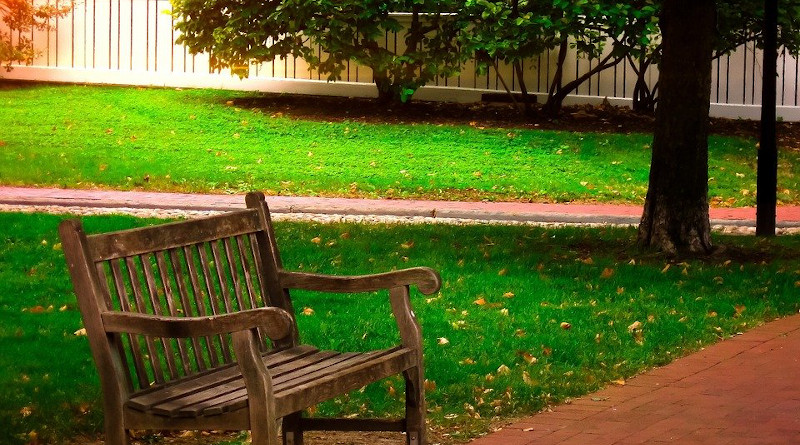Study In Philadelphia Links Growth In Tree Canopy To Decrease In Human Mortality
he first city-wide health impact assessment of the estimated effects of a tree canopy initiative on premature mortality in Philadelphia suggests that increased tree canopy could prevent between 271 and 400 premature deaths per year.
The study by Michelle Kondo, a Philadelphia-based research social scientist with the U.S. Department of Agriculture Forest Service, and her partners suggest that increased tree canopy or green space could decrease morbidity and mortality for urban populations – particularly in areas with lower socioeconomic status where existing tree canopies tend to be the lowest.
The study, “Health impact assessment of Philadelphia’s 2025 tree canopy cover goals,” examined the potential impact of Greenworks Philadelphia, a plan to increase tree canopy to 30 percent across the city by 2025, on human mortality. The analysis is one of the first to estimate the number of preventable deaths based on physical activity, air pollution, noise, heat, and exposure to greenspaces using a tool developed by public health researchers in Spain and Switzerland called the Greenspace-Health Impact Assessment
Recently published in the journal The Lancet Planetary Health, the study is available through the Forest Service’s Northern Research Station at: https://www.nrs.fs.fed.us/pubs/59911
Kondo and her partners estimated the annual number of preventable deaths associated with projected changes in tree canopy cover in Philadelphia between 2014 and 2025 under three scenarios of increased urban green space. They found that increasing urban tree canopy to the Greenworks Philadelphia goal of 30 percent in all neighborhoods could prevent 400 deaths annually, but lesser increases in tree canopy still resulted in reduced mortality. A 5 percentage point increase in tree canopy only in areas without trees could result in an annual reduction of 302 deaths citywide, researchers found, and a 10 percentage point increase in tree canopy cover across the city was associated with an estimated reduction of 376 deaths
“This study supports the idea that increasing tree canopy and urban greening efforts are worthwhile, even at modest levels, as health-promoting and cost-saving measures,” Kondo said.
Current tree canopy in Philadelphia ranges from 2 percent to 88 percent, with an average 20 percent urban tree canopy coverage based on 2014 data.
“In recent weeks, as residents of many cities experienced quarantine conditions, we experienced a heightened need for public green space,” Kondo said. “While the COVID-19 pandemic has meant that we need to pay attention to our proximity to other people and take precautions to limit our contact, time outside in parks and forests has been critical to maintaining our mental and physical health.”
Research partners included scientists from Universitat Pompeu Fabra, National Socio-Environmental Synthesis Center, Colorado State University, and Drexel University.

